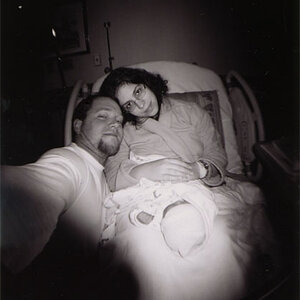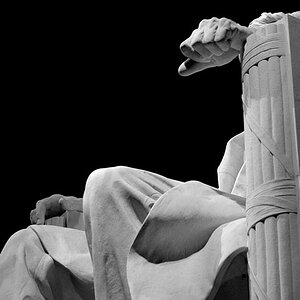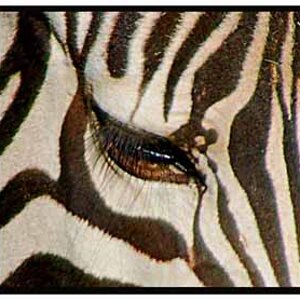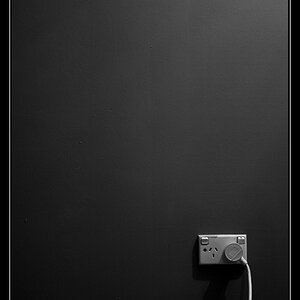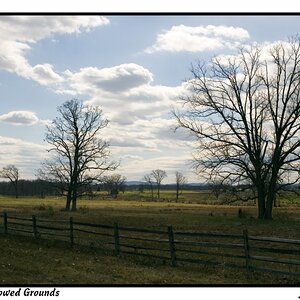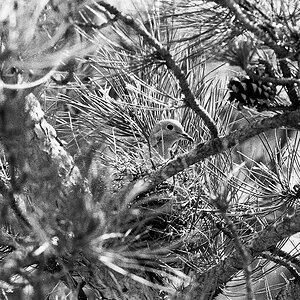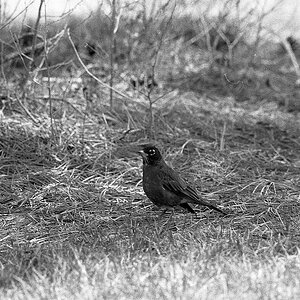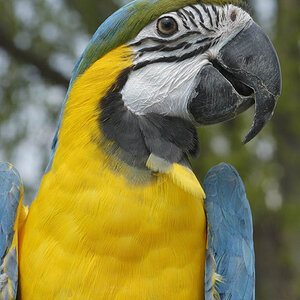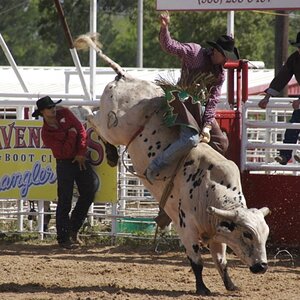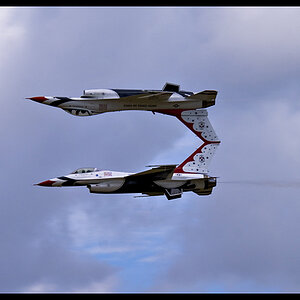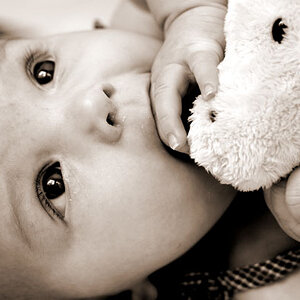UsuallyClueless
TPF Noob!
- Joined
- May 13, 2009
- Messages
- 2
- Reaction score
- 0
- Location
- Missouri
- Can others edit my Photos
- Photos OK to edit
I have been looking at scanners for black and white negatives. However, just to see who was in one of the (estimated) 3 inch by 4 inch negatives, I put it on a crafting light box and took a picture of it with a handheld little Kodak 6MP Easyshare camera.
In comparing the new reversed image with the original old print, I couldn't really find any details that had been left out.
I would suppose a better camera with a remote shutter and a stand and a closeup lens, for smaller 35mm negatives would be in order to get the same results.
But I have been wondering why negatives are not copied this way. I would rather put the money into a better camera than into a scanner. Would it be that a print would be pixelated even if the files shows the picture to be OK?
How else can I test this camera theory? I have never heard of anyone doing copies this way.
Thanks!
In comparing the new reversed image with the original old print, I couldn't really find any details that had been left out.
I would suppose a better camera with a remote shutter and a stand and a closeup lens, for smaller 35mm negatives would be in order to get the same results.
But I have been wondering why negatives are not copied this way. I would rather put the money into a better camera than into a scanner. Would it be that a print would be pixelated even if the files shows the picture to be OK?
How else can I test this camera theory? I have never heard of anyone doing copies this way.
Thanks!


![[No title]](/data/xfmg/thumbnail/35/35263-86f580cf5d28d23109a45984030a79ad.jpg?1619736968)
